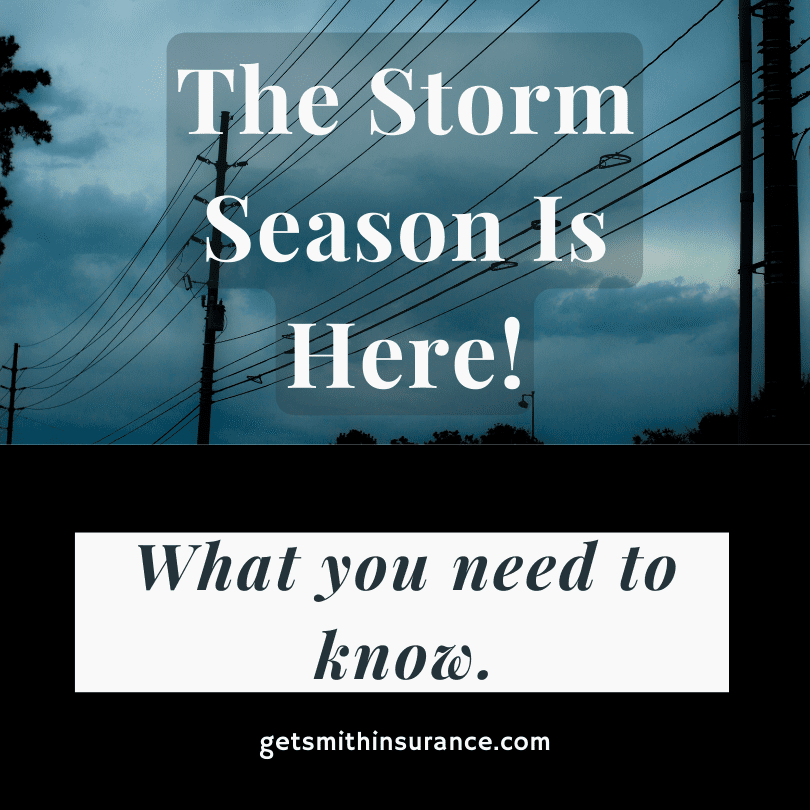
S
Storm season can be an unpredictable and potentially dangerous time of the year. From thunderstorms and hurricanes to blizzards and tornadoes, understanding how to prepare and stay safe is essential. In this blog post, we will explore the basics of storm season and provide you with valuable information and tips to help weather the storm.
- Understanding Storm Season: Storm seasons vary depending on your geographical location, but generally, they refer to a period when the frequency and intensity of storms increase. Different types of storms, such as thunderstorms, hurricanes, blizzards, and tornadoes, may occur during this time. Stay informed about your area’s storm season, and be prepared for potential risks.
- Staying Informed: One of the most critical aspects of storm preparedness is staying informed. Follow reliable weather sources such as the National Weather Service, local meteorological agencies, and news outlets for up-to-date information on approaching storms. Sign up for emergency alerts via text messages or smartphone apps to receive immediate notifications about severe weather in your area.
- Creating an Emergency Plan: Developing a comprehensive emergency plan is crucial for storm season preparedness. Include details on evacuating if necessary, where to seek shelter, and how to communicate with family members during an emergency. Ensure everyone in your household understands the plan and knows what to do in different scenarios.
- Assembling an Emergency Kit: Prepare an emergency kit well in advance, as it may become difficult to obtain necessary supplies during storm season. Some essential items to include are:
- Non-perishable food and water: Aim for at least a three-day supply for each person.
- Flashlights and extra batteries.
- First aid kit: Include necessary medications, bandages, and disinfectant.
- Portable phone charger: To keep your communication devices powered.
- Cash: In case ATMs and electronic payment systems are unavailable.
- Extra clothing and blankets.
- Personal hygiene items.
- Important documents: Store copies of identification, insurance papers, and medical records in a waterproof container.
- Securing Your Home: Take steps to safeguard your home against potential storm damage. Trim tree branches that could fall on your property during strong winds. Ensure gutters and downspouts are clear of debris to prevent flooding. Consider investing in storm shutters or reinforced doors and windows to protect against high winds. Keep emergency repair supplies, such as tarps and boards, readily available.
- Evacuation Preparedness: In the event of a severe storm or evacuation order, be prepared to leave your home promptly. Keep your vehicle fueled and in good condition. Pack essentials such as clothing, medications, important documents, and your emergency kit. Follow designated evacuation routes and listen to local authorities.
- Protecting Yourself During a Storm: If caught in a storm, prioritize personal safety. Stay indoors and away from windows, as they can shatter due to high winds or flying debris. Seek shelter in a basement or an interior room on the lowest level of your home. If you are outside, find low-lying areas away from tall objects, such as trees, and avoid open fields or bodies of water.
Storm season requires careful preparation and knowledge to ensure the safety of you and your loved ones. By staying informed, creating an emergency plan, assembling a well-stocked kit, securing your home, and understanding how to protect yourself during a storm, you can better navigate the challenges posed by storm season. Remember, your safety should always be the top priority, so never hesitate to seek shelter or follow evacuation orders when necessary. Stay vigilant, be prepared, and weather the storm with confidence.

